Table of Contents
- Understanding LFP and NMC Batteries
- Chemical Composition and Structure
- Performance Comparison: LFP vs NMC
- Battery Safety and Thermal Stability
- Lifespan and Degradation
- Cost, Efficiency, and Environmental Impact
- Which Battery Type Is Best for Home Backup?
- Example: OUPES Power Stations and LFP Technology
- FAQ
TL;DR / Key Takeaways
- LFP (Lithium Iron Phosphate) batteries are safer, longer-lasting, and ideal for home energy storage.
- NMC (Nickel Manganese Cobalt) batteries are more energy-dense but less stable and degrade faster.
- For stationary home backup systems, LFP batteries are the superior choice for safety, cycle life, and sustainability.
Understanding LFP and NMC Batteries
Rechargeable lithium batteries dominate today’s energy storage market, but not all lithium chemistries are the same. Two of the most common types — LFP (Lithium Iron Phosphate) and NMC (Nickel Manganese Cobalt) — differ significantly in chemistry, safety, and performance.
Understanding these differences is essential when selecting a home battery backup system or a portable power station for off-grid or emergency use. Both have strengths, but they suit different applications and user needs.
Chemical Composition and Structure
At their core, both LFP and NMC batteries are lithium-ion types, meaning they rely on lithium ions moving between a cathode and an anode during charge and discharge. The distinction lies in the cathode materials:
| Battery Type | Chemical Composition | Key Elements | Nominal Voltage (per cell) |
|---|---|---|---|
| LFP | Lithium Iron Phosphate (LiFePO₄) | Iron (Fe), Phosphate (PO₄) | ~3.2V |
| NMC | Lithium Nickel Manganese Cobalt Oxide (LiNiMnCoO₂) | Nickel (Ni), Manganese (Mn), Cobalt (Co) | ~3.7V |
While NMC’s higher voltage contributes to greater energy density, LFP’s structure offers better chemical stability and thermal safety — key factors for home and long-term energy storage.
Performance Comparison: LFP vs NMC
Below is a detailed comparison of how LFP and NMC batteries perform across critical metrics:
| Feature | LFP (LiFePO₄) | NMC (LiNiMnCoO₂) |
|---|---|---|
| Energy Density | Lower (~90–160 Wh/kg) | Higher (~150–220 Wh/kg) |
| Cycle Life | 3,500–6,000 cycles | 1,000–2,000 cycles |
| Thermal Stability | Very stable; resistant to overheating | Less stable; prone to thermal runaway |
| Operating Temperature | –20°C to 60°C | 0°C to 45°C |
| Safety Risk | Minimal (non-combustible materials) | Higher (contains cobalt) |
| Cost | More affordable and stable pricing | Higher cost due to cobalt and nickel |
From this comparison, it’s clear that while NMC offers compact energy storage, LFP dominates in safety, lifespan, and overall cost-effectiveness — all critical attributes for home backup batteries.
Battery Safety and Thermal Stability
Safety is the most important factor in stationary home battery systems. LFP batteries are inherently safer because of their iron-phosphate chemistry, which remains stable even at high temperatures. NMC batteries, however, can experience thermal runaway — a chain reaction that may lead to overheating or fire if the battery is damaged or poorly managed.
For homeowners, this difference is decisive: LFP batteries, such as those used in OUPES power stations, eliminate cobalt and reduce flammability risks, making them a better fit for residential environments.
Lifespan and Degradation
LFP batteries can theoretically last up to 10 years or more, with capacity dropping to 80% after 3,500-6,000 cycles.In contrast, NMC batteries usually reach the same degradation point after about 1,000–2,000 cycles. This extended lifespan translates to lower total cost of ownership and less frequent replacement.
Moreover, LFP batteries degrade more slowly when stored at full charge or exposed to higher temperatures, further enhancing their long-term reliability for home energy storage.
Cost, Efficiency, and Environmental Impact
While NMC batteries provide higher energy density, they rely on expensive metals such as cobalt and nickel, which are subject to supply chain volatility and ethical concerns. LFP batteries, on the other hand, use abundant and environmentally benign materials.
In terms of efficiency, both chemistries offer similar round-trip efficiency (90–95%). However, LFP’s durability and stable supply chain make it more economical for large-scale installations and residential backup systems.
Which Battery Type Is Best for Home Backup?
For stationary home battery backup systems, where size and weight are less critical than safety and longevity, LFP batteries are the clear winner. Their stable chemistry, long lifespan, and excellent cost-performance ratio make them ideal for pairing with solar panels, inverters, and portable power stations.
NMC batteries still have their place — particularly in electric vehicles or portable devices that demand compact energy storage — but for home use, reliability and safety take precedence.
Example: OUPES Power Stations and LFP Technology
All OUPES Mega Series Power Stations adopt advanced LiFePO₄ battery technology, rated for over 3,500 charge cycles to 80% capacity. This ensures a decade of dependable service with minimal degradation. Combined with intelligent Battery Management Systems (BMS) and pure sine wave inverters, OUPES units deliver safe, stable energy for both indoor and outdoor use.
Beyond chemistry, OUPES enhances user experience with features like Wi-Fi and Bluetooth monitoring, fast AC + solar charging, and an industry-leading 5-year warranty. For homeowners seeking a reliable backup or off-grid solution, LFP-based power systems represent the most balanced and future-proof choice.
FAQ
1. Why do some batteries still use NMC?
NMC batteries offer higher energy density, making them suitable for electric vehicles or portable applications where space is limited. However, for home backup, LFP’s safety and lifespan are more advantageous.
2. Can LFP batteries operate in cold temperatures?
Yes, LFP batteries perform well down to –20°C, though charging efficiency slightly decreases at low temperatures. Some systems include built-in heaters to maintain optimal performance in winter.
3. Are LFP batteries environmentally friendly?
LFP batteries contain no cobalt or nickel, both of which pose environmental and ethical mining issues. They are more sustainable and easier to recycle.
4. Do OUPES power stations use LFP batteries?
Yes. Every OUPES Mega power station is built with high-quality LiFePO₄ cells, providing enhanced safety, longer lifespan, and consistent performance for years of reliable energy storage.

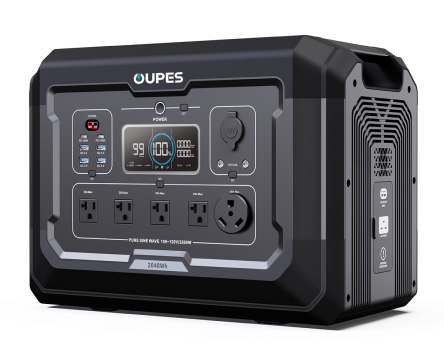
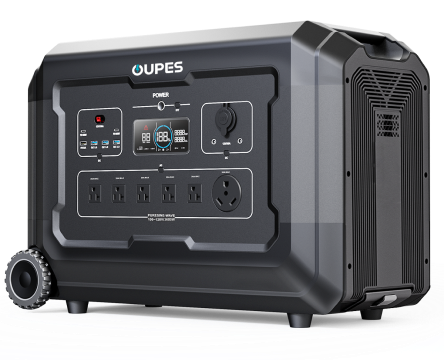
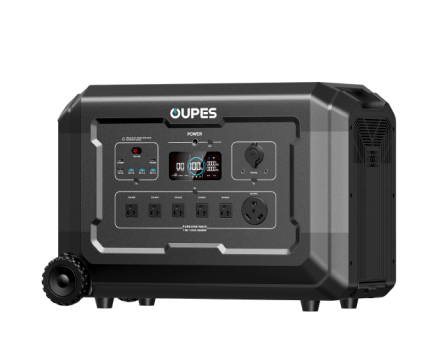
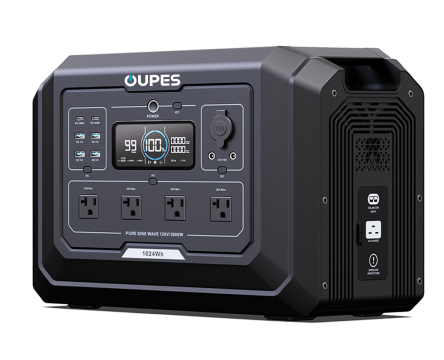
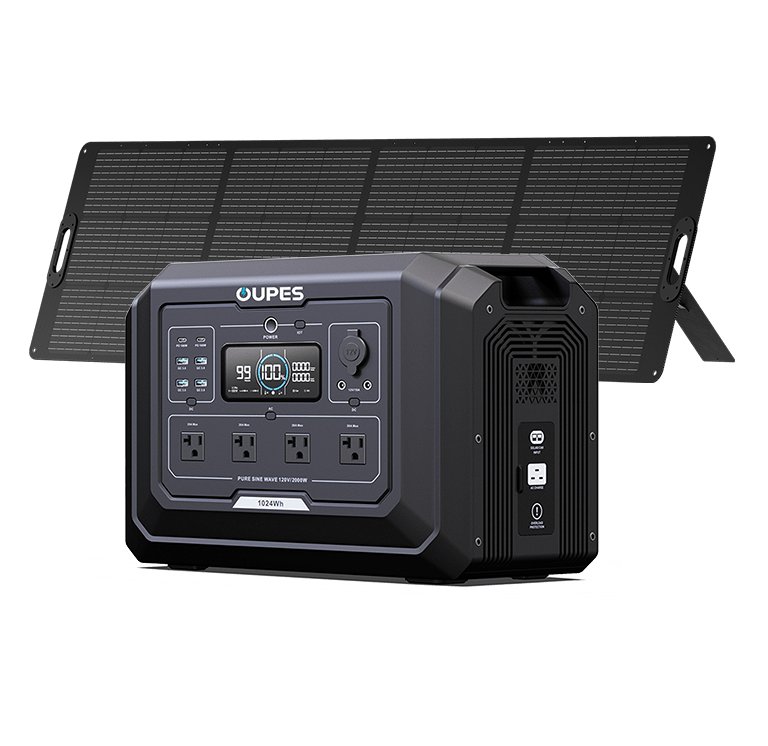
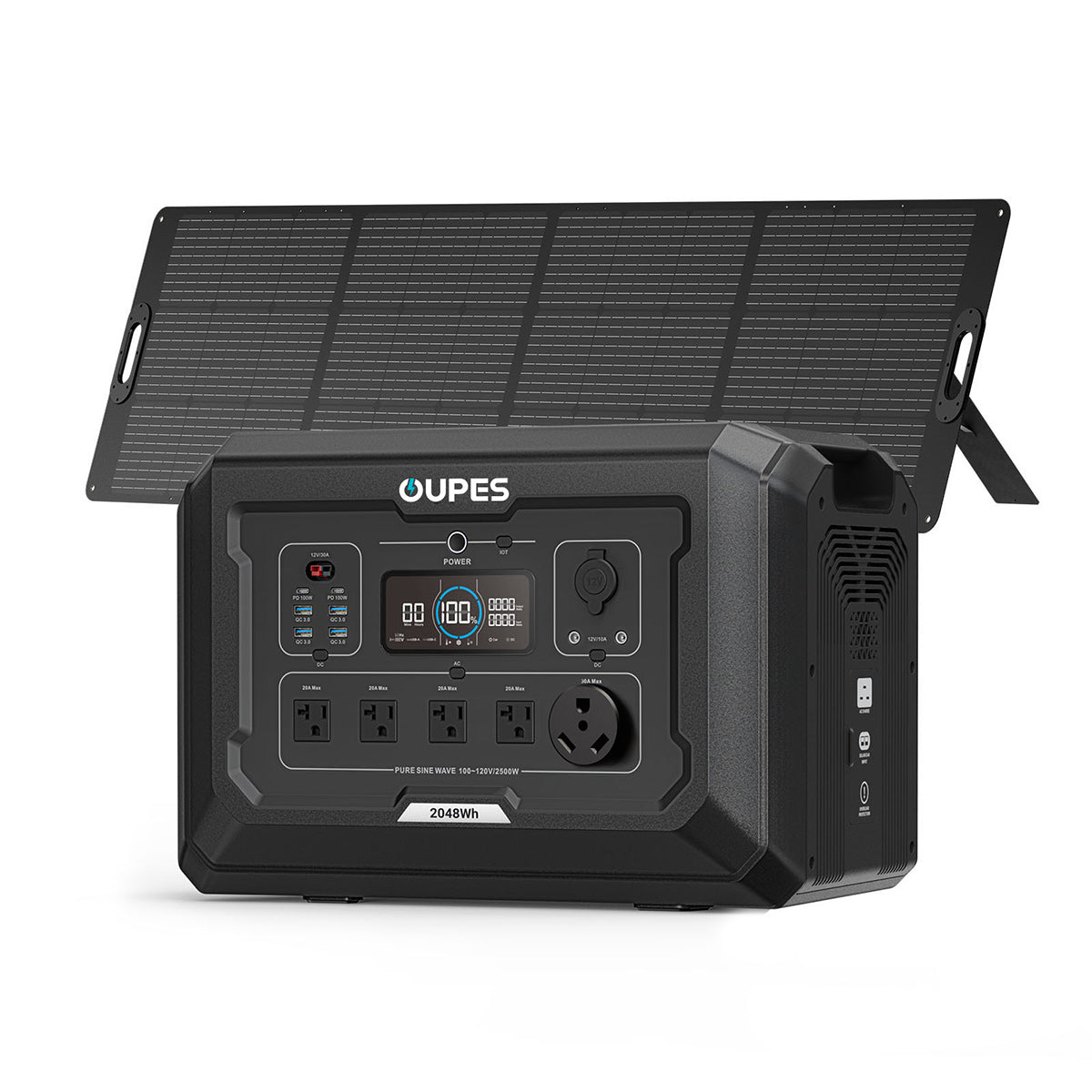
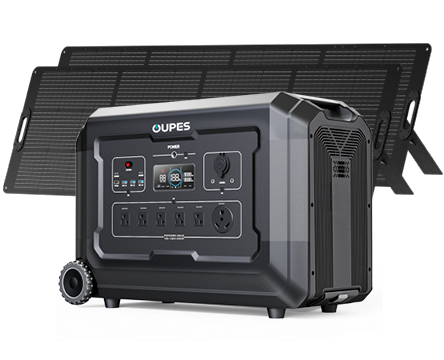
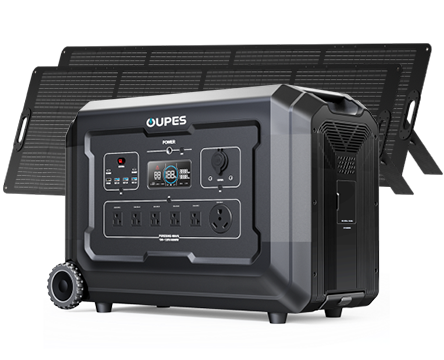
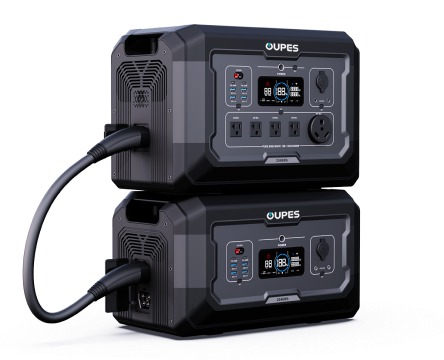
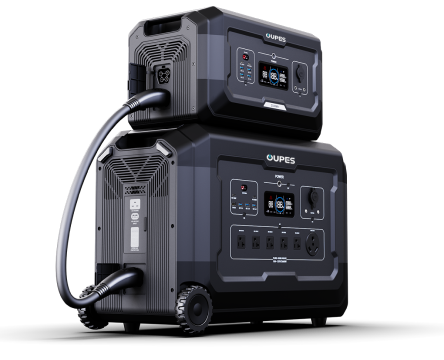
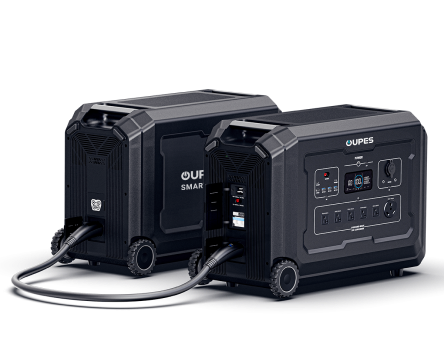
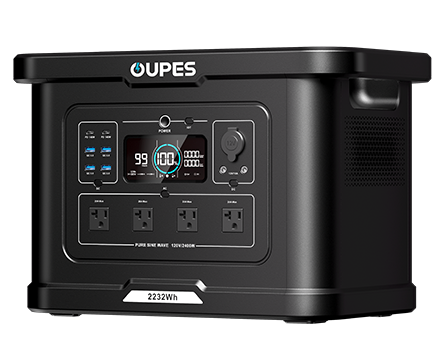
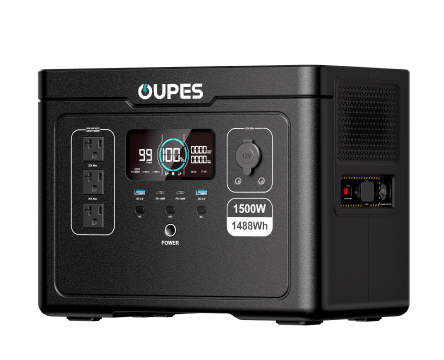
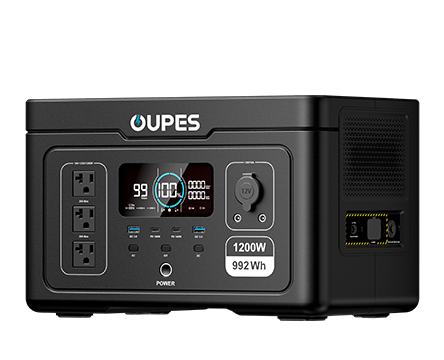
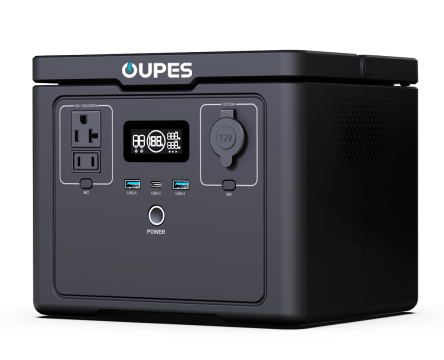
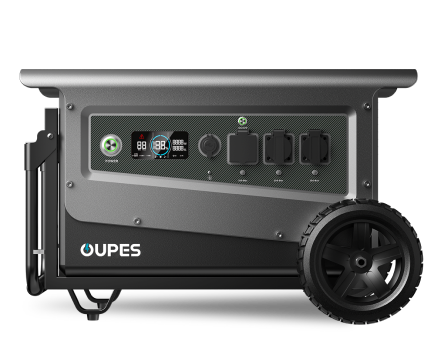
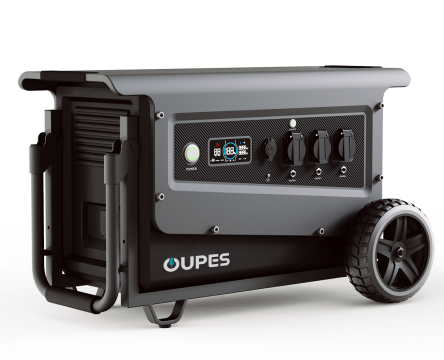
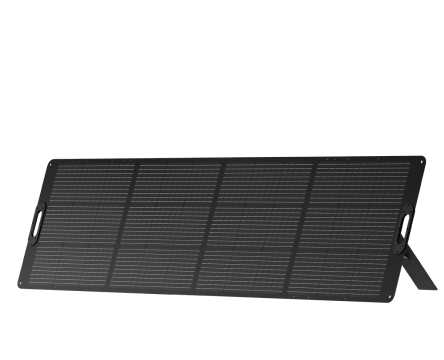
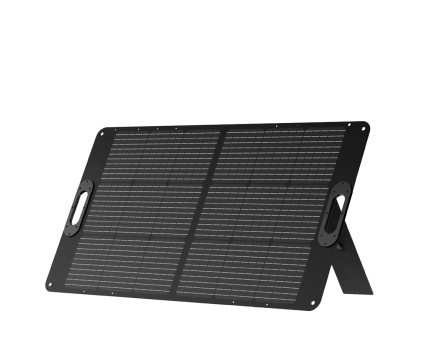
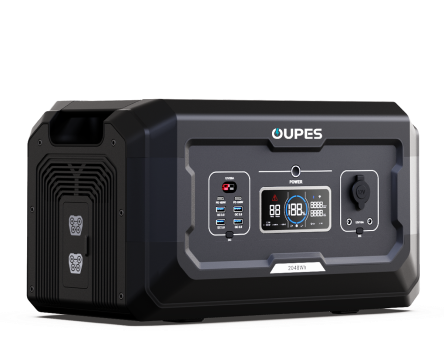
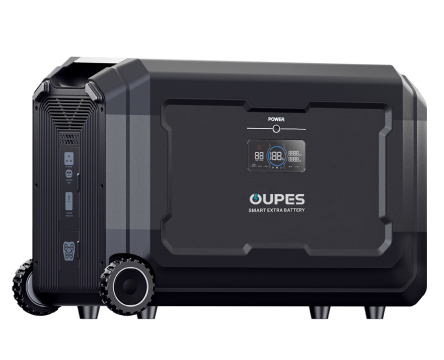
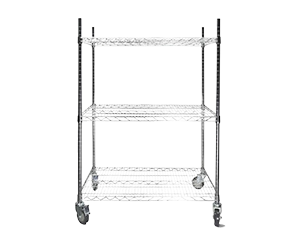
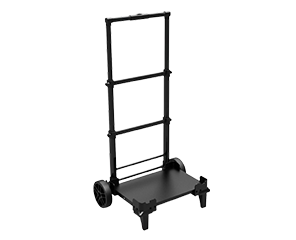
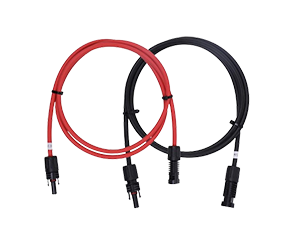
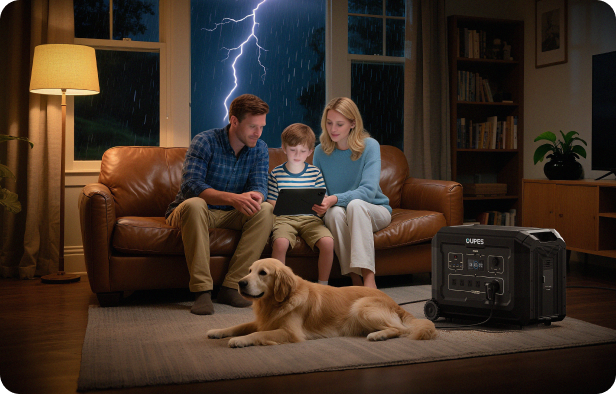
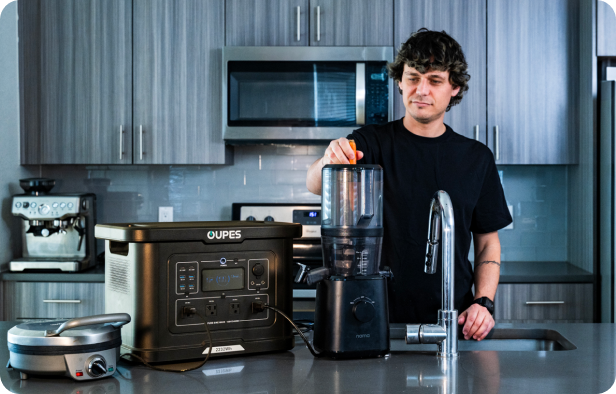
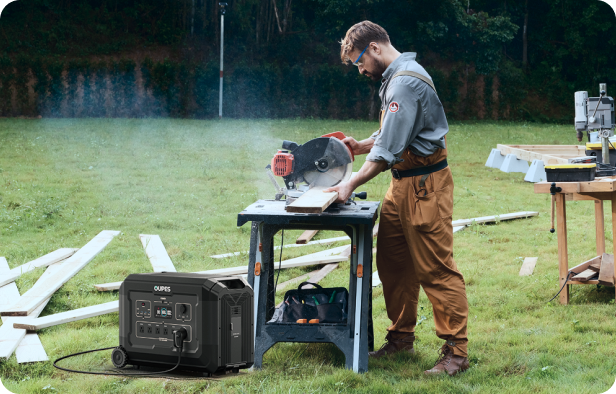
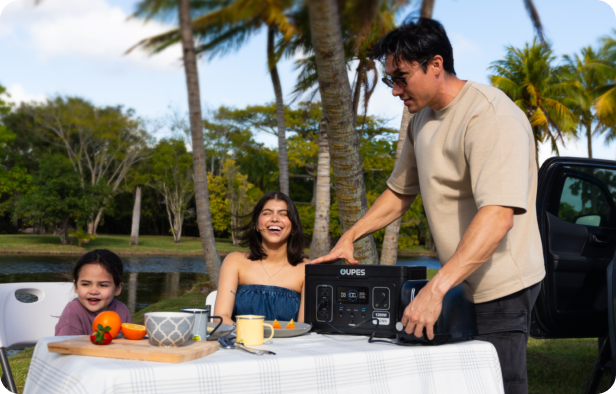
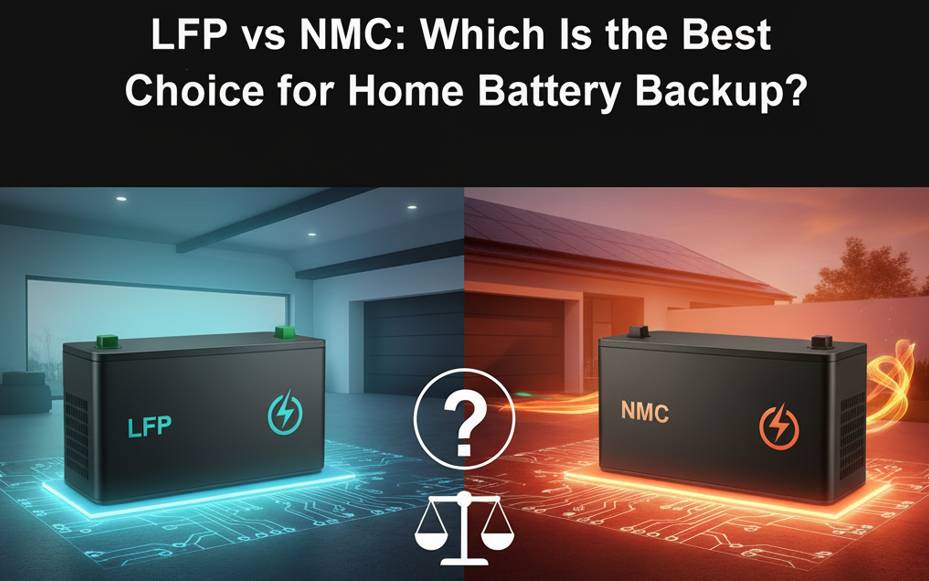
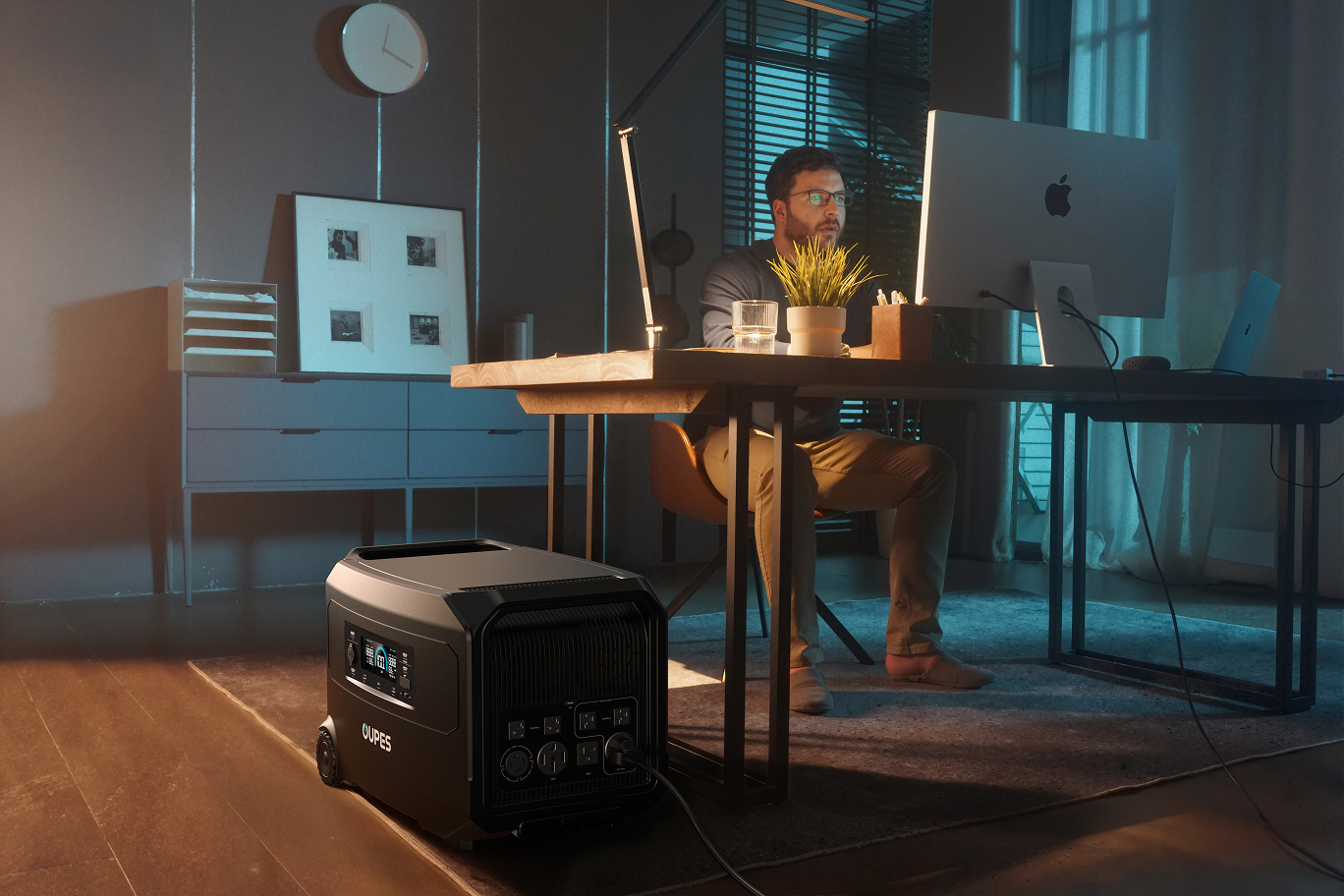
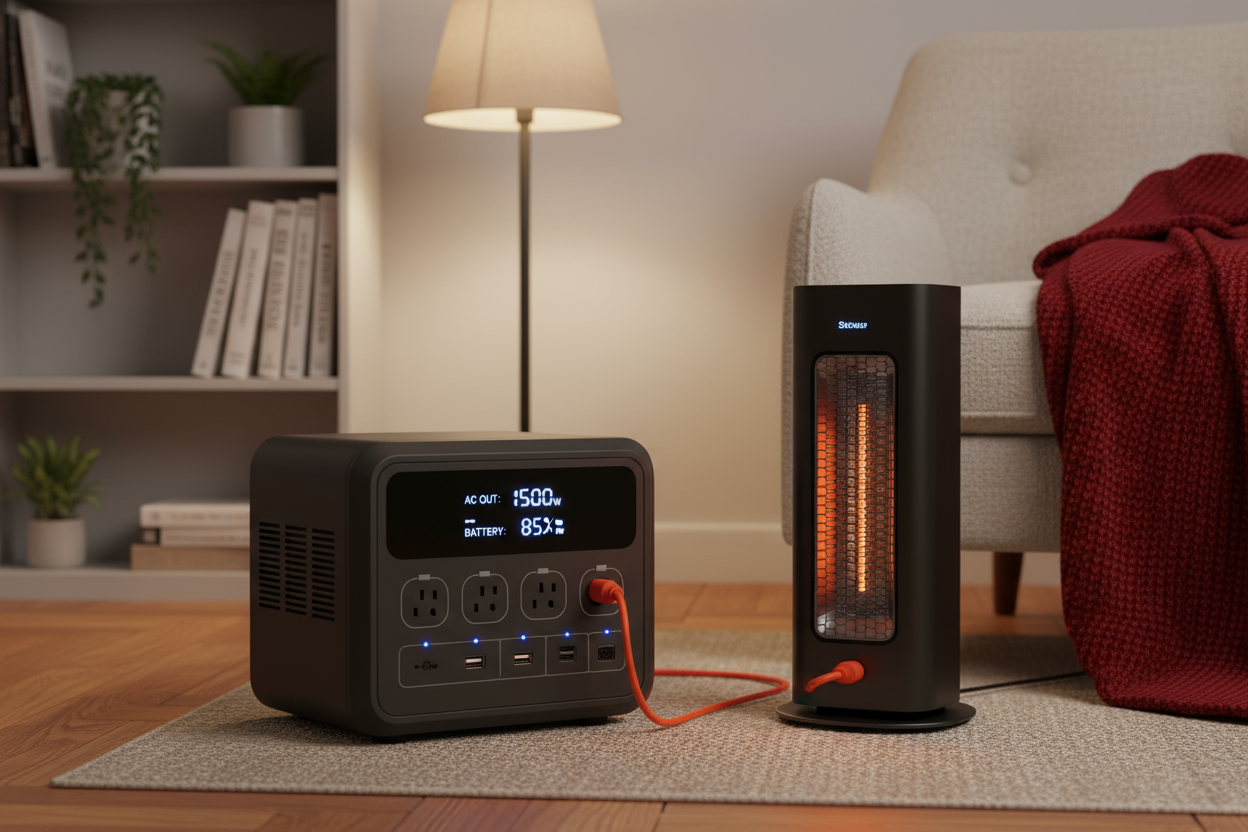
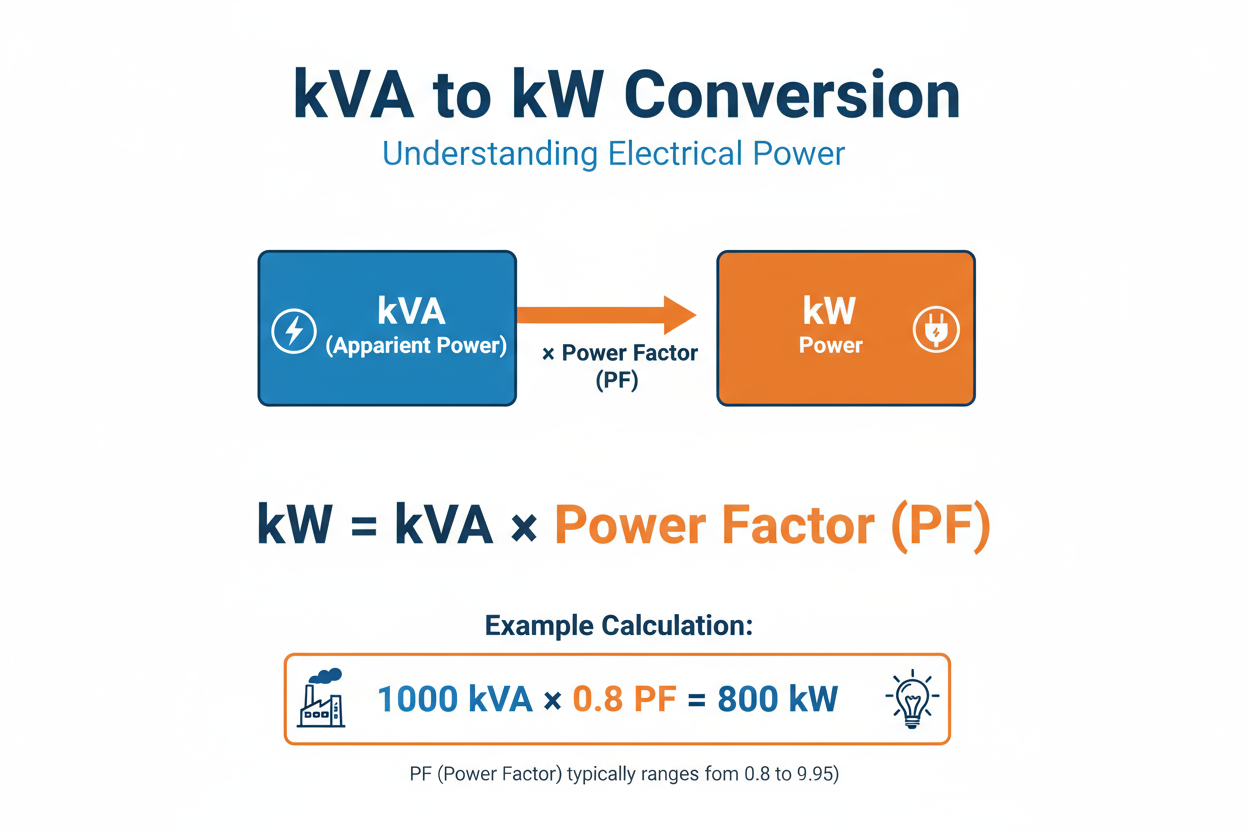
Leave a comment
This site is protected by hCaptcha and the hCaptcha Privacy Policy and Terms of Service apply.